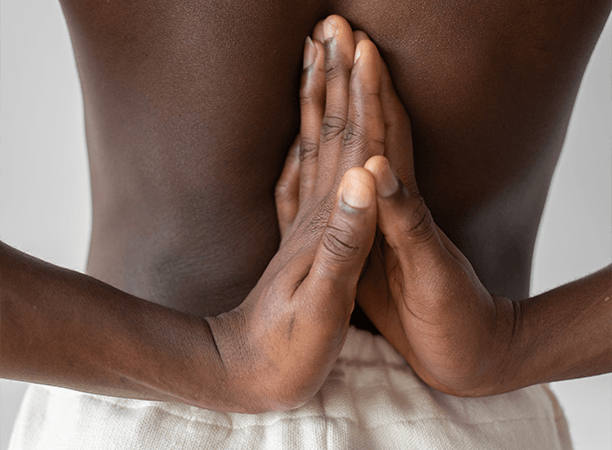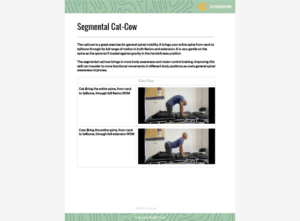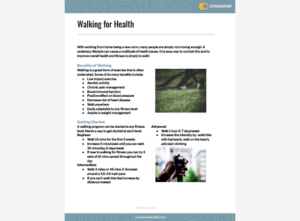WHAT YOU'LL LEARN ABOUT LOW BACK HEALTH
1
Learn. Find expert tips on protecting your low back.
2
Practice. Get guidance on mobility and strength exercises.
3
Let us help. Our providers are ready to guide you.
Expert Guidance Along the Way
-
Sara Grunert, DCChiropractorWhile treating and helping patients reach their wellness goals, Sara enjoys getting to know them while educating them about their chief complaint.
-
John Ellis LAcAcupuncturistJohn loves helping people. His high school personality test revealed that he should become either a teacher or a priest, but instead he became an acupuncturist—still helping people, but geared towards their whole health instead of education or spirituality.
-
Melissa Stewart, PT, DPTPhysical TherapistMelissa loves being a person who can help others—especially those in a vulnerable position—reach their goals and assist those who are in a vulnerable position.
-
Bradley MacDougall, PT, DPTPhysical TherapistWith over 12 years of experience as a physical therapist, Brad enjoys guiding people back to the activities that they love to do and is always looking for the small changes that can make a big impact in someone's life. He enjoys working with recreational athletes who engage in running a few miles or playing pick-up basketball during the weekend.



 A healthy low back can move freely in different directions without pain. More importantly, it means you can do all the activities that are important to you.
A healthy low back can move freely in different directions without pain. More importantly, it means you can do all the activities that are important to you. So having some pain doesn’t always mean your back is unhealthy. Back pain is actually very common. Acute pain is pain that is really severe and is felt all of a sudden. Acute pain is often the body telling you that something is injured or is in danger of being injured. It gets our attention so we can take action to avoid or reduce the injury. In that sense, pain is helpful and a big part of our safety and health.
So having some pain doesn’t always mean your back is unhealthy. Back pain is actually very common. Acute pain is pain that is really severe and is felt all of a sudden. Acute pain is often the body telling you that something is injured or is in danger of being injured. It gets our attention so we can take action to avoid or reduce the injury. In that sense, pain is helpful and a big part of our safety and health. 



 But, if you walk a little bit each day, your body will get used to it and walking will become easy. If you start walking further, and add time to recover from those long walks, that will start to feel easier over time, too. Recovery is a big part of how your body adapts. Recovery includes things like eating healthy food, drinking water, and getting enough good quality sleep. It’s also important to have “rest” days where you do low intensity activity like a shorter, slower walk or a stretch class.
But, if you walk a little bit each day, your body will get used to it and walking will become easy. If you start walking further, and add time to recover from those long walks, that will start to feel easier over time, too. Recovery is a big part of how your body adapts. Recovery includes things like eating healthy food, drinking water, and getting enough good quality sleep. It’s also important to have “rest” days where you do low intensity activity like a shorter, slower walk or a stretch class. 


